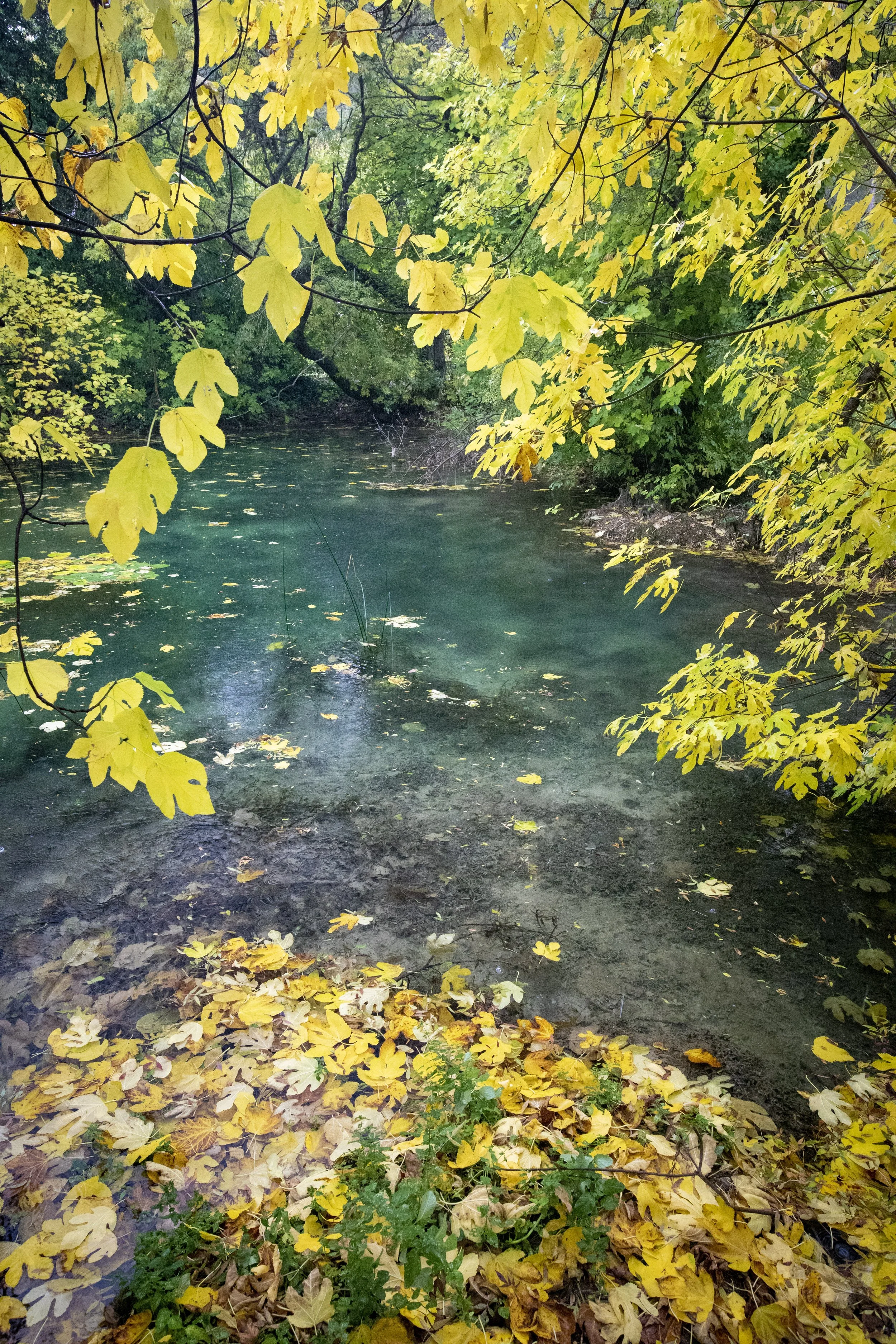Croatian National Parks Pt 1 - Krka
So fine, this is a bit out of order. Tardy, one might say (Em did say). But while many countries have wonderful national parks, Croatia really knocks it out of the park (rimshot). There are eight NPs in Croatia with a huge variety of landscapes - Mjlet and Kornati are islands, while Paklenica has a UNESCO world heritage beech forest (who knew such a thing existed!). We visited three of them and I’ll post a three part series covering each of the trips.
With a little uncertainty, after having spent so much time on Hvar, we decided to skip the island parks (we’d already missed Mjlet, which is well south of Hvar on the ferry line) and head into the mountain/waterfall NPs as a way of stringing together a road trip from the coast to Zagreb and our ultimate flight out of the country. This drive was one of the most remarkable change of scenes I’ve ever experienced - as I’ve previously remarked, we were swimming in the ocean before getting in the car, but after driving through a 10 km tunnel we emerged into fall, complete with a 10 C temperature drop and needed jackets.
Krka National Park
The first park we visited was Krka (who needs vowels?), which is a park of cascading waterfalls formed not by the underlying geology of rock of highly variable hardness, but by travertine of calcium carbonate accreted onto plant matter in slow moving water after the last ice age. These odd formations are one of the many really strange consequences of the limestone karst (and thus calcium saturated water flows) that is everywhere, caves and sinkholes being two of the others.
In Krka we got the first taste of the really exceptional job that the Croatian NP personnel have done in building infrastructure to show off the natural wonders of their country - namely walkways. There are, of course, walkways in other parks (e.g., Yellowstone) but the Croatian waterfall walkways are extensive and incredibly immersive, sometimes built right over the flowing stream. Unfortunately, for those wishing to emulate, I think there is a significant natural advantage in Croatia: because the limestone is so porous, there is very little surface water flow and the subsurface flow acts to regulate river levels. At least I think so; certainly if they had river level variation comparable to that on the US West Coast, the miles of walkways would be washed out every winter.
Bottom line, it’s beautiful.










